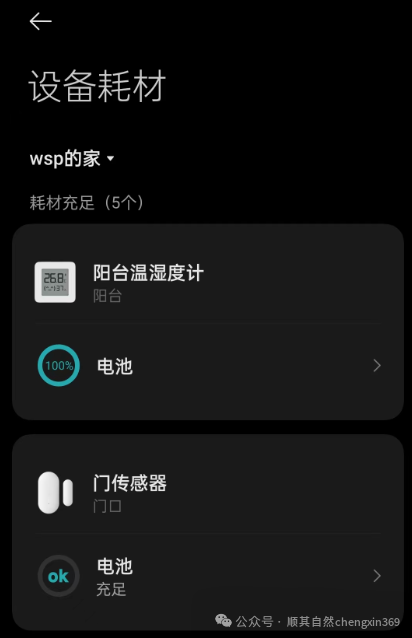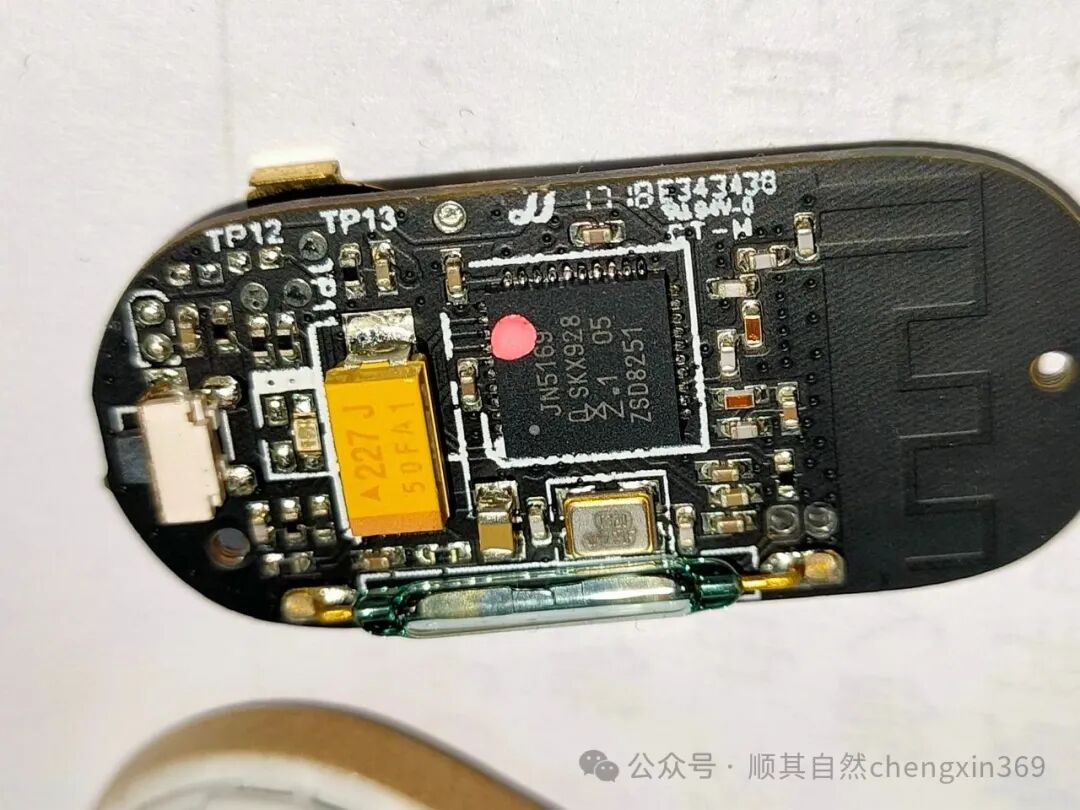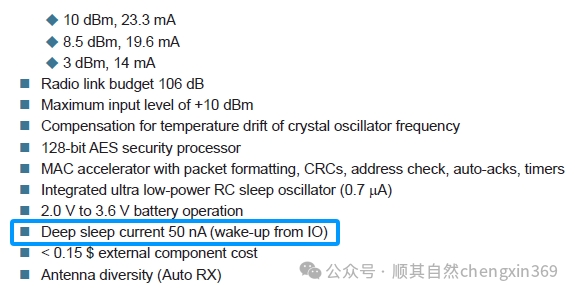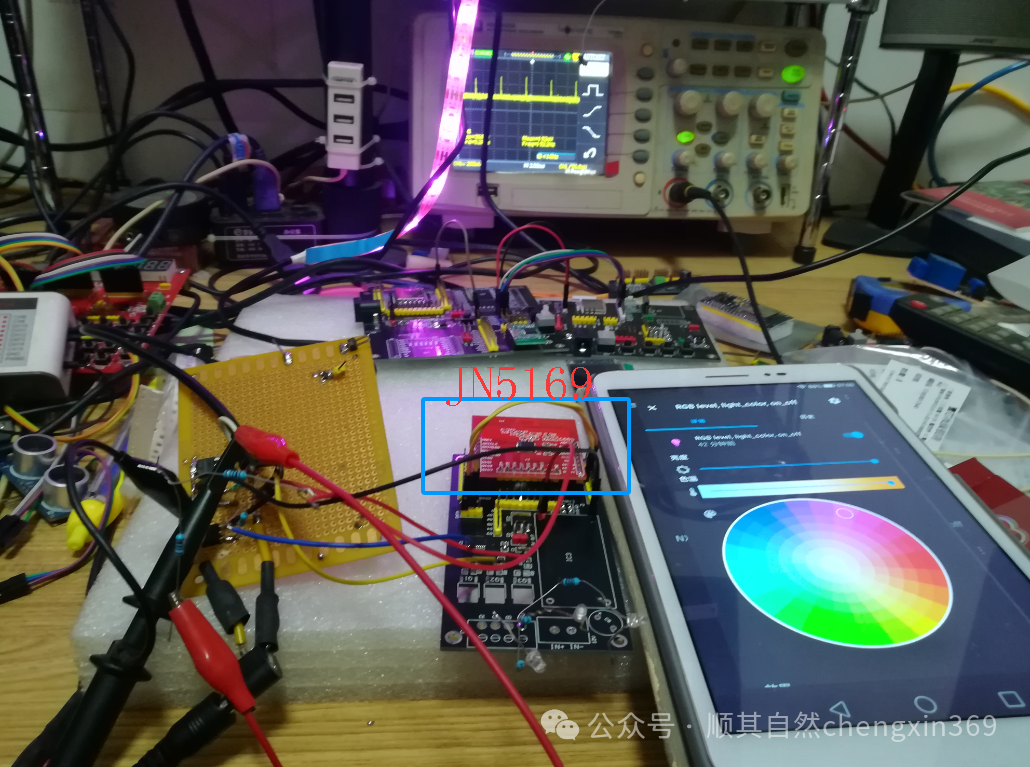In 2019, I purchased the “Xiaomi Mijia Smart Home Kit,” which I truly started using in early 2020. At one point, I noticed on the app: “Door Magnet Sensor” — “Battery” — “Battery Low”; so I quickly bought a battery to replace it, but the app still indicated low battery;  however, in the “Device Consumables” section, it showed “Battery Sufficient”
however, in the “Device Consumables” section, it showed “Battery Sufficient”  (so I suspect there is a bug in the app);
(so I suspect there is a bug in the app); 
The battery attributes displayed in the device consumables section of the Mijia app

The battery attributes displayed on the door magnet sensor interface
 I took a photo to record the internal structure while changing the battery:
I took a photo to record the internal structure while changing the battery:
The Zigbee door magnet sensor consists of a JN5169 minimal system + reed switch;  but the performance is indeed impressive, a small battery can run for several years continuously.
but the performance is indeed impressive, a small battery can run for several years continuously. 

Major mainstream brands in the industry: TI, NXP, Silicon Labs; NXP’s previous mainstream models: JN5168, JN5169; the low power consumption of JN5169 is indeed remarkable, “Deep Sleep 50nA, IO Wakeup”  so… when it comes to a product’s success, the pressure of chip selection is significant
so… when it comes to a product’s success, the pressure of chip selection is significant 

However, NXP does not support personal development  so it’s fine for personal experimentation; I once drew a module for the JN5169 when I was most interested, and it ran quite stably
so it’s fine for personal experimentation; I once drew a module for the JN5169 when I was most interested, and it ran quite stably 
